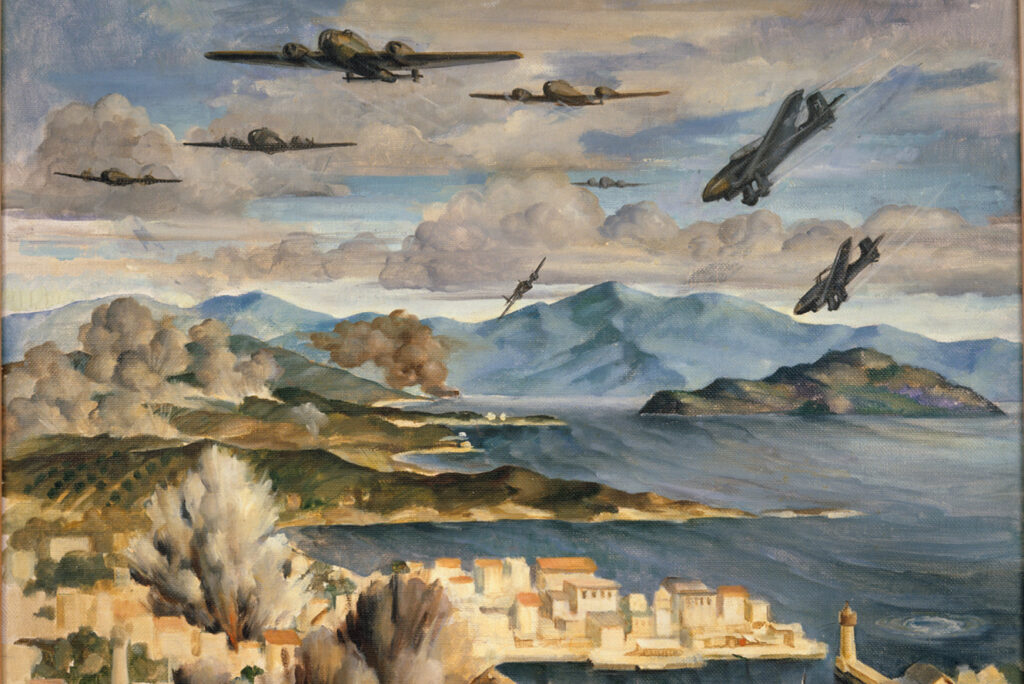Editor’s Note: This is the first in a series of running series of essays by Iskander Rehman, entitled “ Applied History ,” which seeks, through the study of the history of strategy and military operations, to better illuminate contemporary defense challenges. [I]t remains astonishing to me that we should have failed to make Suda Bay the amphibious citadel of which all Crete was the fortress. Everything was understood and agreed, and much was done; but all was half-scale effort.
We were presently to pay heavily for our shortcomings.” – Winston Churchill, reminiscing on the loss of Crete and its immense natural harbor, Suda Bay. In the early morning hours of May 20, 1941, screaming swarms of German Messerschmitts and Stukas suddenly materialized in the cloudless cerulean skies over Crete.

Ferociously strafing and dive-bombing the anti-aircraft batteries of the island’s sleep-addled defenders, they were closely followed by a rumbling phalanx of Dornier 17 and Junker 88 bombers. Behind this flew a veritable airborne armada — 70-odd gliders filled with troops from the Seventh Airborne Division’s Storm Regiment and wave upon wave of lumbering Junker 52s crammed to the gills with nervous young paratroopers. For Gen.
Bernard Freyberg — the highly decorated commander of Crete’s 32,000-strong garrison of British, Australian, and New Zealander troops, supplemented by close to 10,000 Greek soldiers — there was little cause for undue alarm. Plied with a steady stream.
















